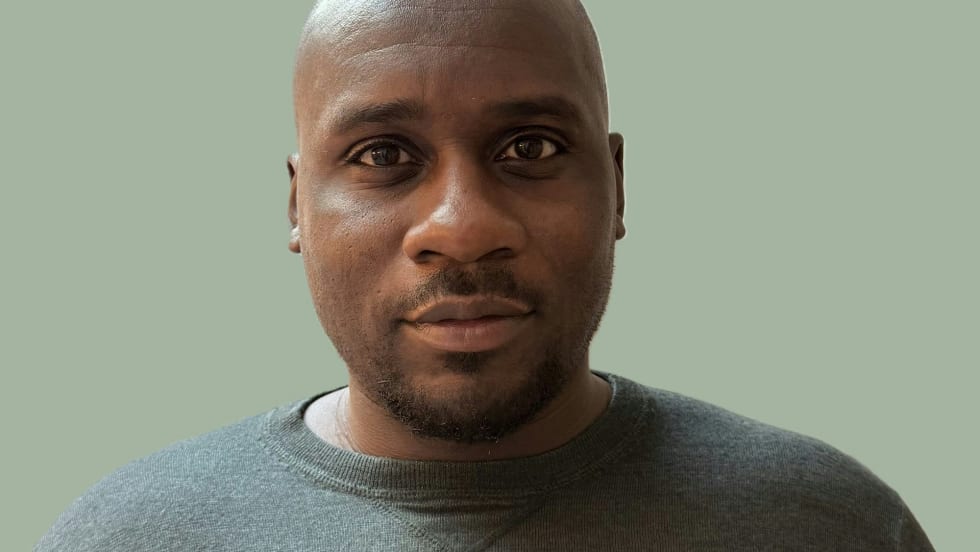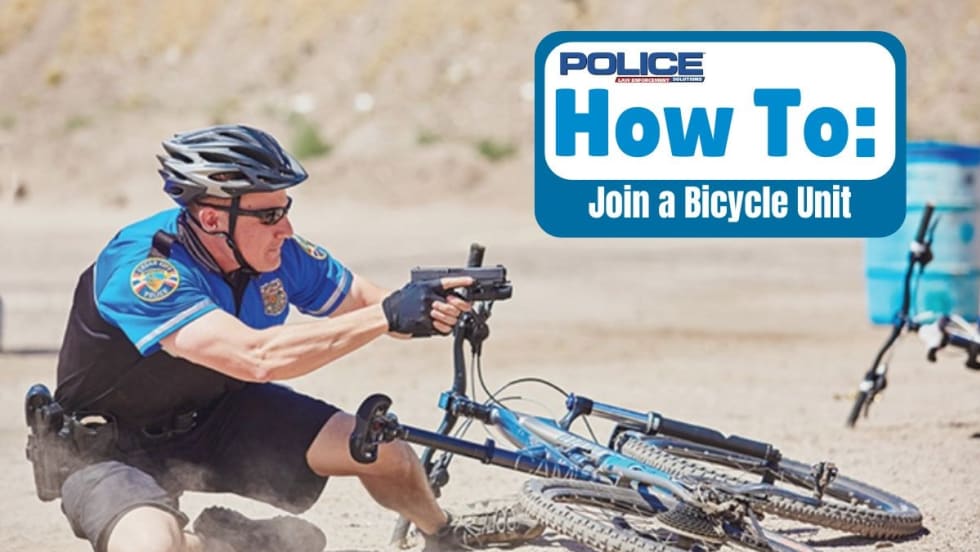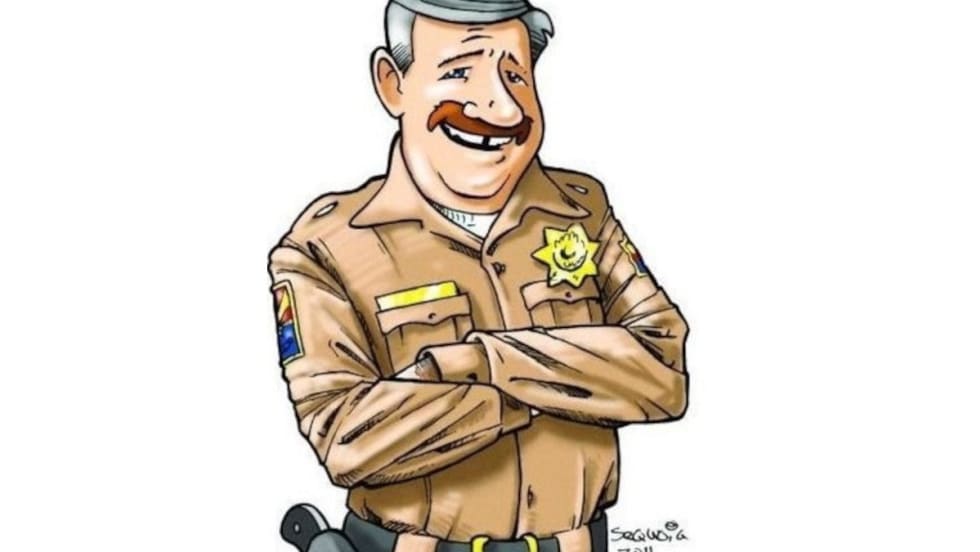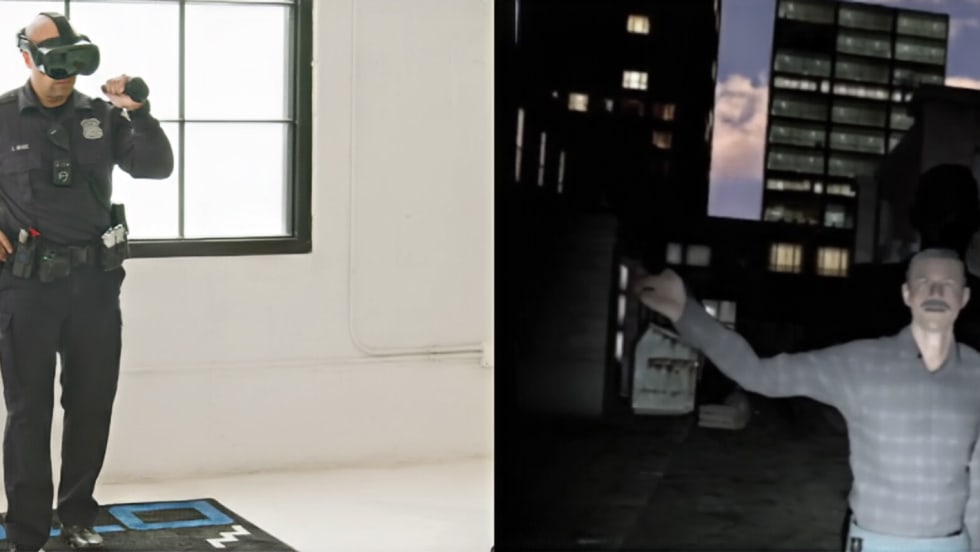And I am not alone. Breathing control, or pranayama, has been a part of yoga practice since ancient times. In 1975, Dr. Herbert Benson wrote a book called The Relaxation Response after he studied the physiological effects of practices such as breathing control and meditation. In what was considered groundbreaking medical research at the time, Dr. Benson found that such practices truly help to reduce blood pressure, heart rate, and stress levels because of the mind-body connection.
Since that time, our understanding of this mind-body connection has developed to the point that professional athletes, high-level fighters, and elite military operators are exploiting the power of proper breathing and certain breathing exercises to maximize their performance and help manage their emotions. They do so to both manage their stress in the moments when they are called upon to perform and to help diminish the overall negative effects that accumulated stress can have on the body. In other words, they use their own breathing as a tool for making themselves more resilient.
How is this possible? Breathing is a function of our autonomic nervous system (ANS). For the most part, it just…happens. You breathe in, you breathe out. You go about your life while your ANS does its job. But, our ANS is divided into two branches: the Sympathetic Nervous System (SNS), which controls our "fight or flight" response, and the Parasympathetic Nervous System (PNS), which controls our "rest and digest" response. As part of the "fight or flight" response, we utilize more of the upper portion of our lungs to breathe and, as a result, our breathing becomes shallower. This provides a boost of oxygen in a true "fight or flight" moment. Then, our bodies are designed to switch to the PNS, or "calm down" mode, when the threat has passed. In this mode, our breathing utilizes the lower portion of our lungs and it becomes fuller and slower like a baby's breathing. This is also known as "belly breathing."
Breathing for Performance and Resiliency
Unfortunately, though, long-term stress keeps us in a more sympathetic mode. Without even noticing, we end up breathing from our upper lungs all the time. What is meant to be a benefit in short-term bursts becomes, over the long term, a breathing pattern that is associated with high blood pressure, elevated heart rates, anxiety, and a host of other physical ailments. Due to the stresses of the job, many law enforcement officers unintentionally and unknowingly suffer from this upper lung breathing pattern.











